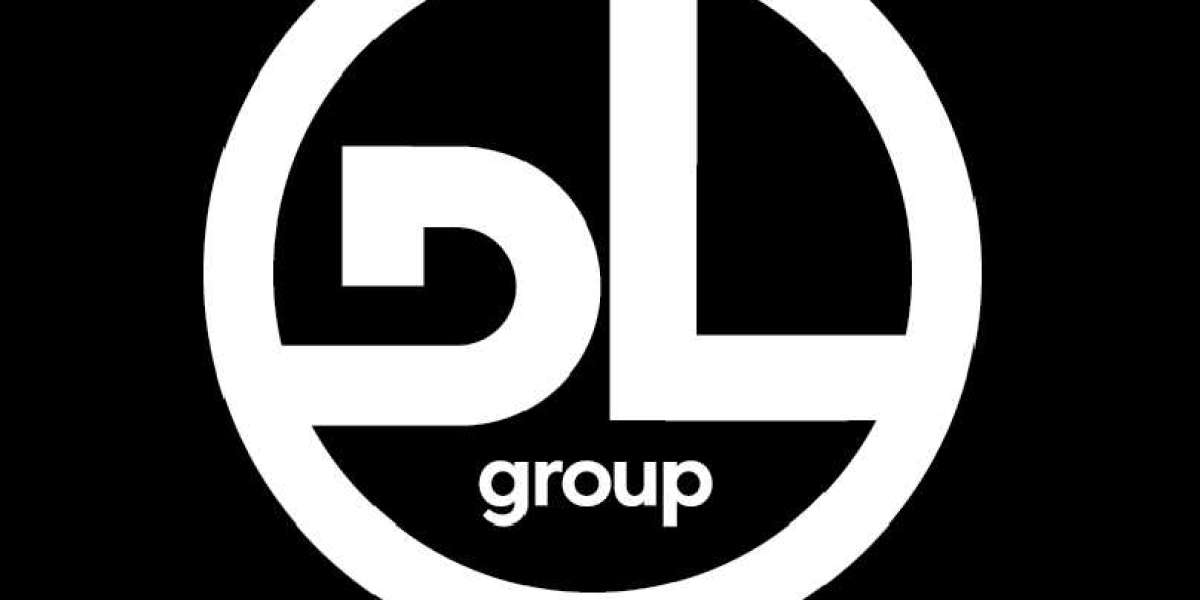These tools provide a graphical representation of GraphQL schemas, enabling developers to comprehend the data structure and relationships between different entities. By visualizing the schema, developers can easily identify potential errors, optimize queries, and gain a deeper understanding of the overall data landscape.
Benefits of GraphQL Visualization
Visualizing GraphQL offers a multitude of benefits, including:
Enhanced Schema Comprehension: Complex data relationships are often difficult to grasp from text-based schema definitions. Visualization tools provide a visual representation of the schema, making it easier to understand the data structure and relationships between entities.
Error Detection and Prevention: Visualization tools can help identify potential errors and inconsistencies in the schema, such as missing fields or invalid relationships. This proactive approach can prevent errors from reaching production and disrupting API functionality.
Query Optimization: By visualizing the data flow and relationships, developers can identify opportunities to optimize queries and reduce unnecessary data retrieval. This can lead to improved API performance and reduced bandwidth consumption.
Improved Collaboration and Communication: Visualizations provide a common ground for developers and stakeholders to discuss and understand the API structure. This can foster better collaboration and communication, leading to more cohesive and well-designed APIs.
Popular GraphQL Visualization Tools
Several popular GraphQL visualization tools are available, each with its unique features and capabilities. Here are a few notable options:
- GraphQL Voyager: This open-source tool provides a comprehensive graphical representation of GraphQL schemas, including type definitions, field relationships, and query execution paths.
- Apollo Studio: Developed by Apollo GraphQL, this tool offers a user-friendly interface for visualizing GraphQL schemas and exploring query results. It also provides features for performance profiling and error debugging.
- GraphQL Editor: This online tool allows users to create, edit, and visualize GraphQL schemas. It also provides a code generation feature for generating code from the schema definition.
- Dgraph Visualizer: This tool specifically designed for visualizing Dgraph databases, a popular open-source GraphQL implementation. It provides a detailed representation of data relationships and query execution paths.
Choosing the Right Tool
The choice of GraphQL visualization tool depends on factors such as project requirements, team preferences, and budget. For beginners, GraphQL Voyager or Apollo Studio might be suitable due to their user-friendly interfaces. For more experienced developers, GraphQL Editor or Dgraph Visualizer could be more appropriate due to their advanced features.
Conclusion
GraphQL visualization tools have become indispensable for developing and maintaining complex GraphQL APIs. By providing a visual representation of data relationships and query execution paths, these tools help developers understand the schema, optimize queries, and identify potential errors. As GraphQL adoption continues to grow, the importance of visualization tools will only increase.





